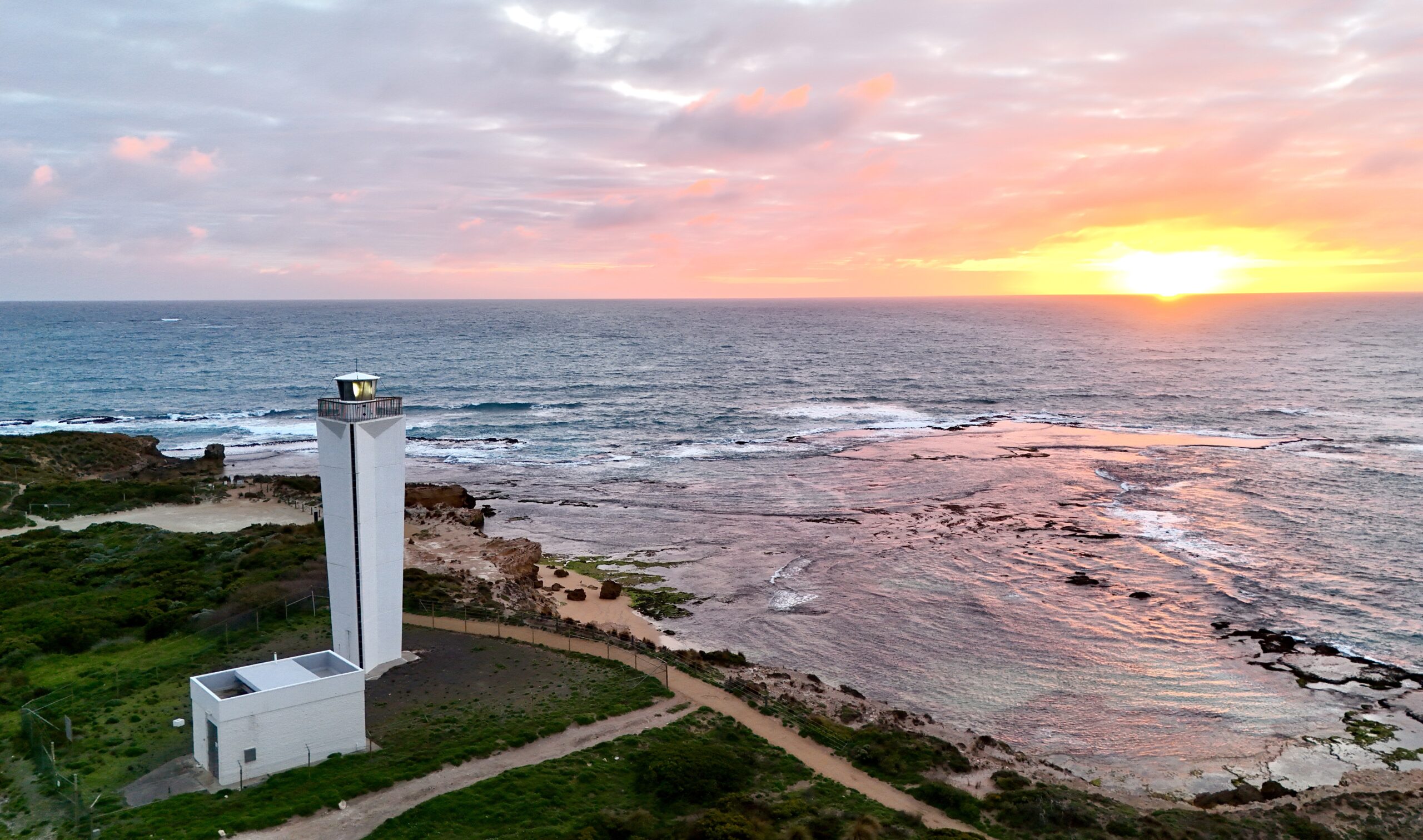
Robe Lighthouse, built in 1972 on South Australia’s southeastern coast, serves the historically significant Guichen Bay where complex maritime conditions create both sanctuary and hazard for vessels. The region’s limestone headlands and offshore reefs provide natural bay protection while creating navigational challenges that have demanded reliable aids since colonial times.
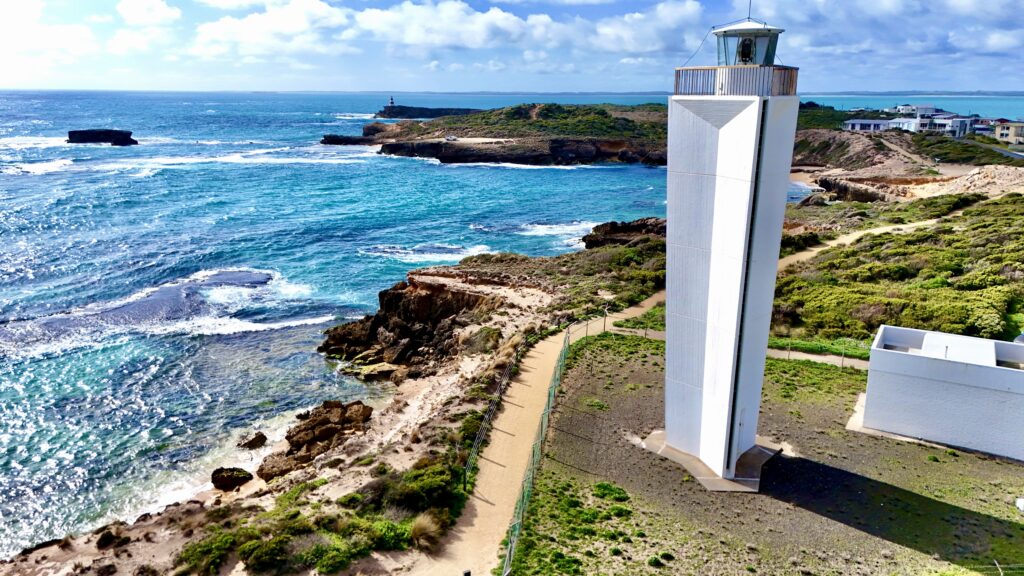
During early South Australian colonisation, Guichen Bay’s natural protection and deep-water access established Robe as a major regional port serving southeastern districts and Victorian border regions. The port handled substantial cargo and passenger traffic, including significant Chinese immigration during the gold rush when restrictive landing taxes elsewhere made Robe a preferred entry point. This maritime importance created urgent demands for reliable navigation aids.
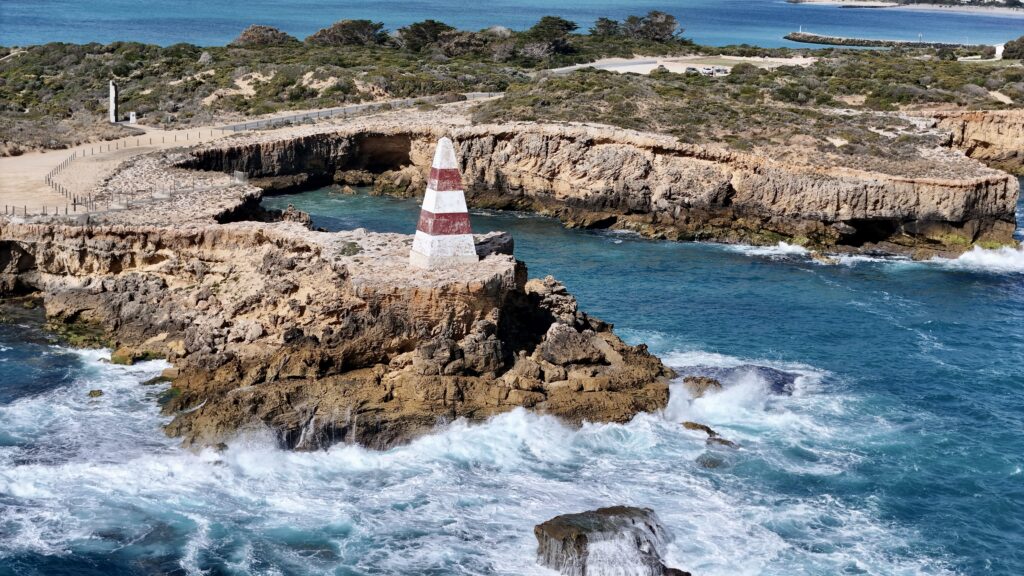
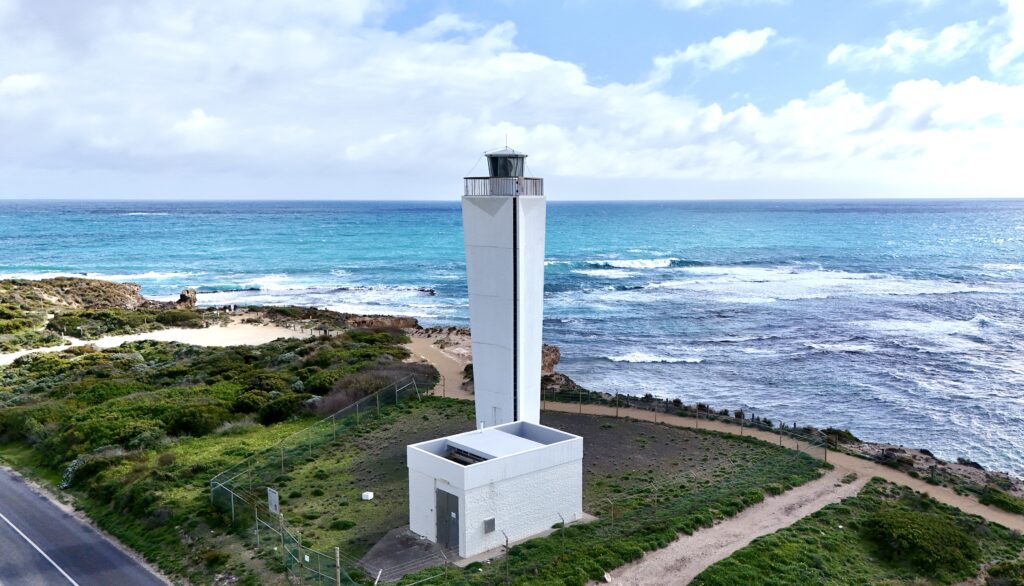
The earliest navigation assistance consisted of a stone obelisk built on Cape Dombey in 1852, which served for over a century as the primary aid for this important regional port. Navigation services later centred on the offshore Cape Jaffa Lighthouse, which covered the dangerous Margaret Brock Reef while serving vessels approaching Robe and surrounding areas. However, this offshore installation presented ongoing operational challenges and high maintenance costs.
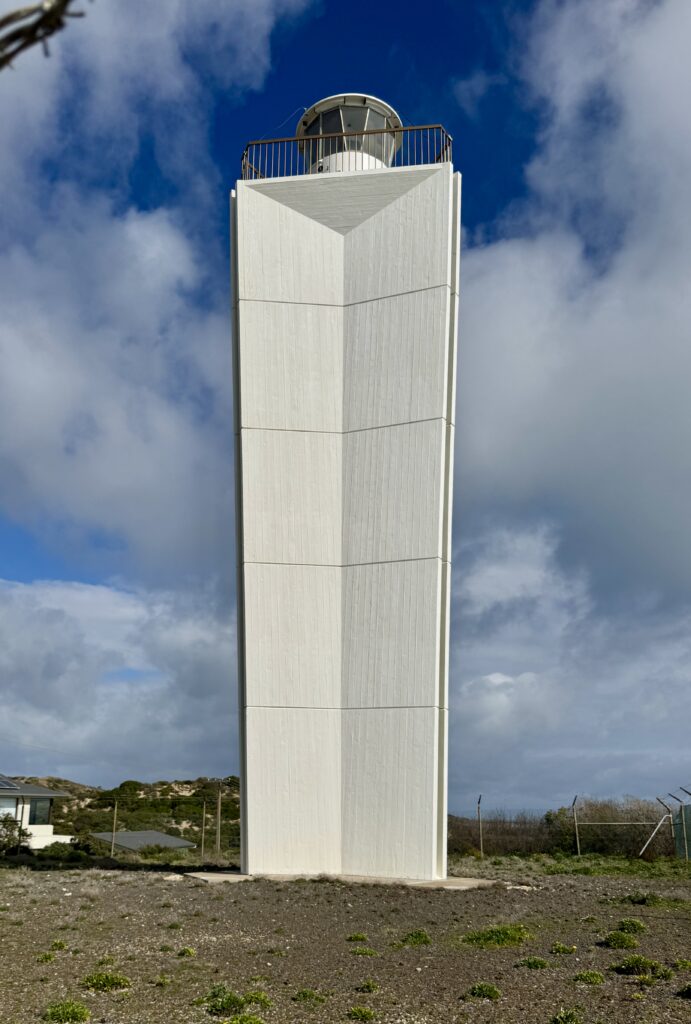
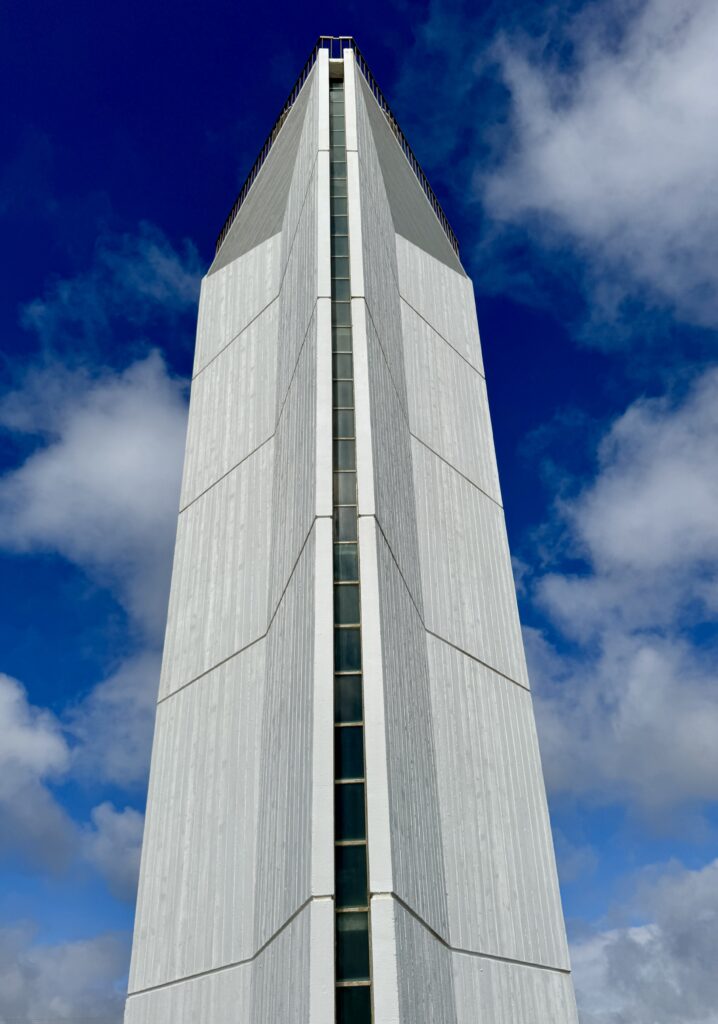
Robe Lighthouse was constructed as an automated replacement for Cape Jaffa Lighthouse, marking a shift toward technological sophistication over traditional staffed operations. The transition eliminated complex offshore maintenance requirements while providing enhanced coverage through advanced optical technology. On 1 April 1973, the new automated lighthouse began operation as Cape Jaffa Light was extinguished.
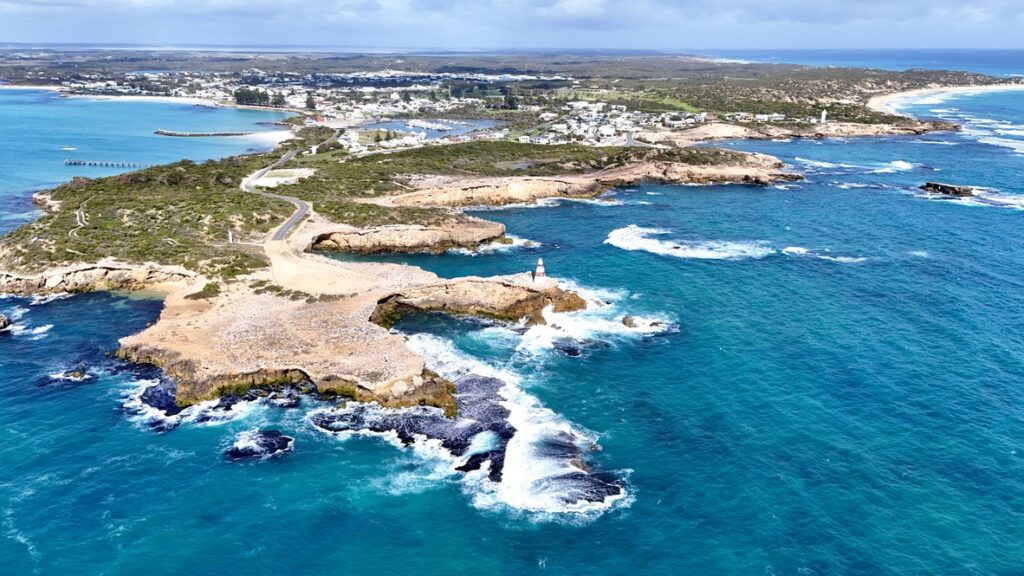
Technical Specifications – Robe Lighthouse
First Exhibited: 1 April 1973)
Status: Active (Automated from construction)
Location: Western edge of Robe township, South Australia (Latitude 37° 09.8620′ S, Longitude 139° 44.6650′ E)
Tower Construction: Tri-star reinforced concrete construction, white finish with NAL 1 equipment
Tower Dimensions: 3.5 metres wide at bottom, expanding to 5 metres wide at top
Tower Height: 19 metres
Focal Elevation: 63 metres above sea level
Original Purpose: Replace offshore Cape Jaffa Lighthouse
Current Optic: Chance Bros 4th order circa 1935 rotating lens (ex-Gabo Island)
Light Characteristic: Fl. W. (3) in 10 seconds (flashing white, 3 flashes every 10 seconds)
Light Source: Sealite SL324 LED array
Power Source: 240 Volts Mains
Range: Nominal Main: 22 nautical miles; De-intensified sector: 16 nautical miles; Geographical: 21 nautical miles
Intensity: Main: 213,000 candela; De-intensified sector: 21,700 candela
Current Operator: Australian Maritime Safety Authority (AMSA)
Disclaimer: Due to the need to get across the “Top End” in the dry season (which usually ends in October), and to spend time in the outback on the way north I have rushed the first stage of Act 3. In order to document the lighthouses I’ve visited I’ve enlisted the help of Elon Grok and A.I. Claude to help on these Lighthouse Stories. Despite their claims of infallibility I’ve found some of their facts not to be accurate and would welcome any corrections, which they will learn from! I have also sourced a number of photos from the public domain (i.e. Dr Google) to compliment the shots I’ve taken on my travels. I would like to concentrate on telling my personal experiences and thoughts as I travel around and intend to reedit these lighthouse stories when I have time.